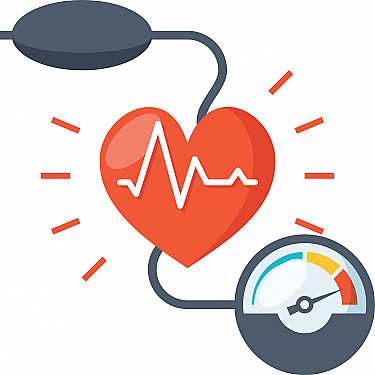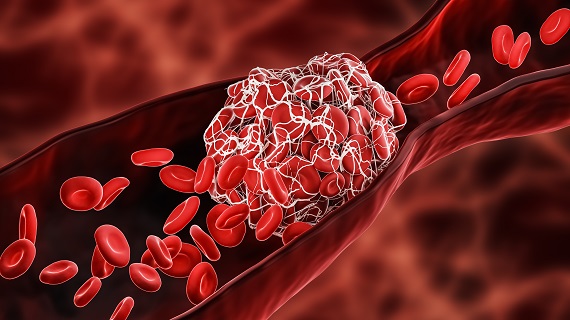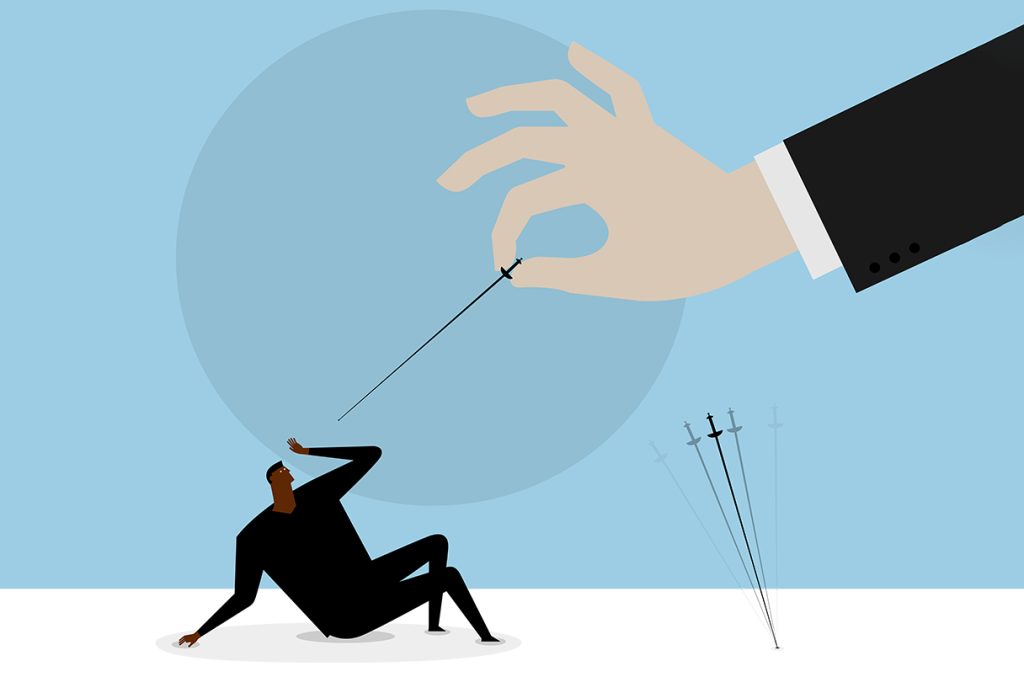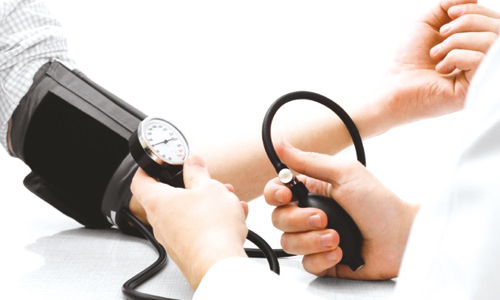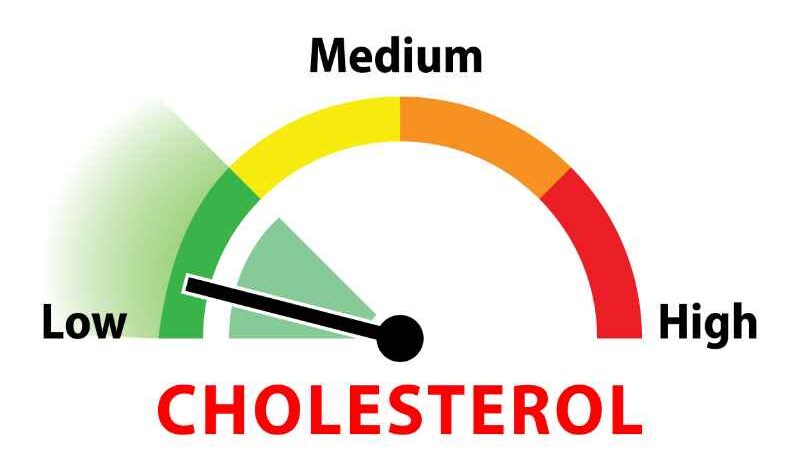Avoid hypertension and heart disease with Japanese plump.
Globally, almost 1.3 million people suffer from high blood pressure. Additionally, the top global risk factor for death is hypertension. One is greatly at risk for developing various forms of heart disease if they have high blood pressure.

Juice concentrate is made from the Japanese plum, according to Temple University researchers. It may aid persons with hypertension who are at risk for cardiovascular disease.
The juice concentrate was also discovered by scientists to help prevent the development of hypertension.
High blood pressure, sometimes referred to as hypertension medically, affects about 1.3 million people worldwide. This makes it the leading cause of mortality.
According to research, having high blood pressure increases the chance of other cardiovascular conditions such as atrial fibrillation, heart failure, stroke, and coronary heart disease.
Currently, Temple University researchers think that the Japanese plum juice concentrate can help lower cardiovascular disease risk in persons with hypertension and may even help prevent high blood pressure. A mouse model was used for the investigation.
Is it possible for Japanese plum to lower blood pressure?
It is customary in Japan to use the word “ume” to refer to the Japanese plum, or Prunus mume, also known as the Japanese apricot.
For use in wine or juice beverages, it is occasionally transformed into an infused juice concentrate. It is known as bainiku-ekisu.
This study’s senior author, Dr. Satoru Eguchi, is a professor in the Cardiovascular Research Centre at the Sol Sherry Thrombosis Research Centre and Centre for Metabolic Disease Research at the Lewis Katz School of Medicine at Temple University. He said the study was motivated by the need for treatments other than prescription medications for hypertension.
Even while they normalise blood pressure, he told us, “current treatments are insufficient to normalise the risk of cardiovascular disease death and incidences like myocardial infarction or stroke.” “Compared to subjects with normal blood pressure, hypertension patients have a higher risk for cardiovascular disease regardless of treatment or drug-induced blood pressure normalisation.”
Researchers claim that prior studies in blood vessel smooth muscle cells shown that bainiku-ekisu helped prevent angiotensin II-induced signals that promote proliferation. Circulatory hormone angiotensin II is recognised to contribute to the emergence of hypertension.
“Angiotensin II is a major hormone (regulating) blood pressure and contributes to the development of hypertension in humans,” stated Dr. Eguchi. In cultured vascular cells, our earlier study showed that it reduced angiotensin II signaling and function. All other fruit extracts failed to change the effects of angiogenic factors in these cells. Our in vitro results, however, were somewhat limited. Thus, we proposed the hypothesis that it might lower blood pressure. Also, the related vascular issues are caused by hypertension in vivo.
Preventing the development of cardiovascular disease
Dr. Eguchi and his team tested their hypotheses on the ume juice concentrate, bainiku-ekisu, using a mouse model for this study.
Angiotensin II was infused into mice to raise their blood pressure. The mice were then given water that either contained bainiku-ekisu or normal water.
Analysis revealed that mice who drank the water with bainiku-ekisu did not develop hypertension.
The Dainik-kiss additionally assisted in shielding their vasculature from the damaging effects of angiotensin II. For instance, mice given the juice concentrate only experienced slight aortic hypertrophy. Whereas mice given normal water experienced severe aortic hypertrophy.
The researchers also discovered that bainiku-ekisu assisted in reducing immune cell levels, which would typically lead to an inflammatory process connected to hypertension.
Additionally, scientists found that bainiku-ekisu prevented the cellular switch from aerobic metabolism to glycolysis which is typically seen in hypertension. This aids in preventing the body from suffering from oxidative stress, which can lead to inflammation, vascular stiffness, and even the emergence of more serious cardiovascular disease.
According to Dr. Eguchi, “Our animal studies indicate that bainiku-ekisu may lower blood pressure in patients with hypertension.” “It is okay to mix with standard treatment. Reducing the amount of medication required to maintain normal blood pressure may also be helpful.
Additionally, he continued, “Taking bainiku-ekisu may help you avoid complications related to hypertension, like heart attack and stroke.”
Previous studies on the health advantages of ume
The Japanese plum is grown on a tree that, like cherry trees, blooms with plum blossoms in the spring, ushering in festive occasions in Japan.
In warm to subtropical climates, Japanese plum trees thrive. The Japanese plum has been grown for thousands of years in China and Japan, but it has also spread to other regions of the world, including sections of the United States.
The Japanese plum has a taste that is more acidic and tart even though it resembles Western plums or apricots in appearance and scent.
The Japanese plum is frequently used to make umeboshi, which is a highly salted and pickled plum that is used as a condiment in conventional Japanese cuisine, in addition to being processed into the infused juice concentrate known as bainiku-ekisu.
Japanese plum has previously been investigated for its potential health advantages. According to earlier studies, ume may aid those who experience the symptoms of gastroesophageal reflux disease (GERD) with their digestive problems.
Other research have revealed that ume contains anti-inflammatory and antioxidant effects and may help prevent obesity and allergy disease.
Additionally, a 2017 study discovered that persons with grade I hypertension who consumed ume extract daily saw an improvement in their diastolic blood pressure.
Study restrictions and conclusions
In addition, we discussed the latest findings with Dr. Rigved Tadwalkar, a board-certified cardiologist at Providence Saint John’s Health Centre in Santa Monica, California.
Although it was conducted on mice, he said, “what’s interesting is that bainiku-ekisu was able to attenuate hypertension and protect against vascular remodelling, which is really quite positive.”
Dr. Tadwalkar did advise caution, however, because there is still much to learn about ume and bainiku-ekisu as potential remedies.
“This is somewhat novel, and mouse models don’t always reflect the complex pathophysiology of human cardiovascular disease,” he said. Therefore, it is evident that human testing would be necessary to establish the effectiveness, safety, and dosage for controlling this.
Dr. Tadwalkar continued, “It does give a potential avenue for these alternative medicines in the therapy of cardiovascular disease. So altogether, it’s encouraging, but obviously, I approach the subject with a little bit of scepticism.”
Dr. Tadwalkar concurred, saying it’s critical to look into alternative treatments for cardiovascular illnesses.
“Today’s patient is looking for a range of options and they want to have a specific treatment plan that’s tailored to their needs and circumstances,” he added. “This offers a slightly more individualized approach. And it can include all of the popular holistic treatments, including dietary adjustments, lifestyle changes, and all-natural cures combined.
“I think it allows patients to feel more empowered because they can take a little bit more of an active role in their own care,” Dr. Tadwalkar continued. According to my observations, patients are frequently much more likely to be interested in conventional medication when they may adopt a complementary strategy that encourages the use of alternative medicines.
REFERENCES:
- https://www.medicalnewstoday.com/articles/japanese-plums-may-help-prevent-hypertension-cardiovascular-disease
- https://www.news-medical.net/news/20230613/Simple-juice-concentrate-from-the-Japanese-plum-may-reduce-cardiovascular-disease-risk.aspx
- https://www.sci.news/medicine/japanese-plum-juice-concentrate-hypertension-12002.html
For Heart disease medications that have been suggested by doctors worldwide are available here https://mygenericpharmacy.com/index.php?cPath=77_99
